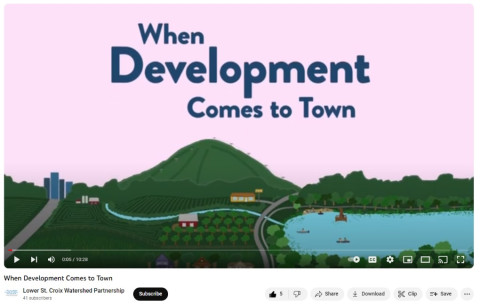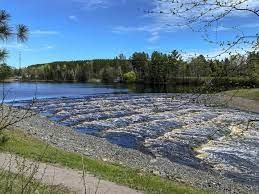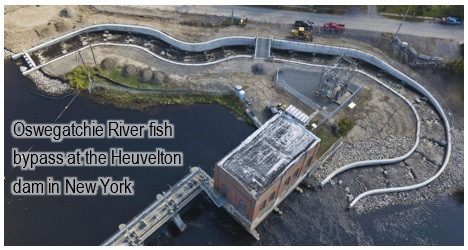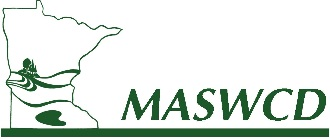I've been dabbling with how to leverage artificial intelligence (AI) to improve productivity at ACD. Using ChatGPT, I've found a tool that can help generate an outline to serve as a jumping off point when starting a report or project plan. Recently, groundwater contamination problems have been popping up in the news. Within two Andover neighborhoods, residents with contaminated private wells are reduced to only using bottled water until they can hook up to city water. The plume of contamination below their homes, now plaguing them, will certainly continue its journey, ominously passing under neighborhoods in its path. Those hooked up to city water supplies will be fine. Those on wells, may be in for an unsettling surprise.
Where does AI come in? I asked ChatGPT to write a short somber poem about groundwater pollution. Here you go…
Beneath the soil, where secrets flow,
Groundwater whispers, tainted below.
Pollution seeps, a silent intrusion,
Nature's tears in liquid confusion.
Once pure, now stained with human's trace,
A solemn grave for life's embrace.
Quietly it suffers, unseen and still,
Groundwater mourns, a poisoned rill.
Contact Chris Lord, District Manager, at





